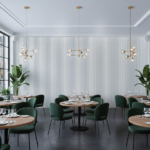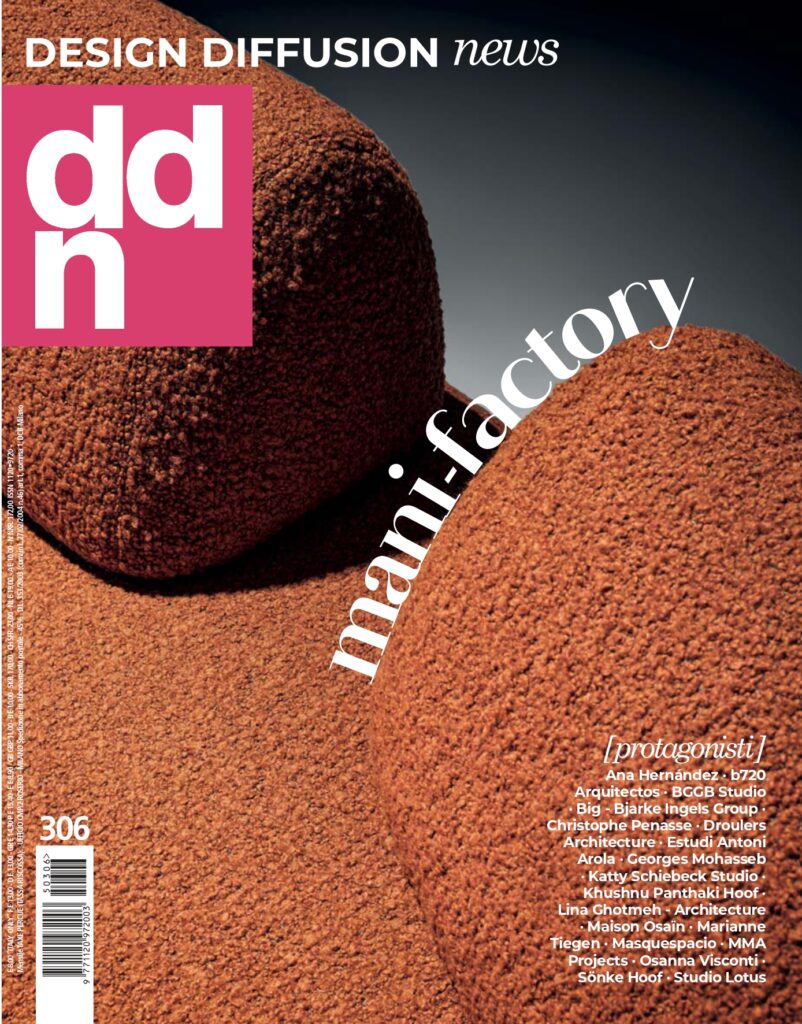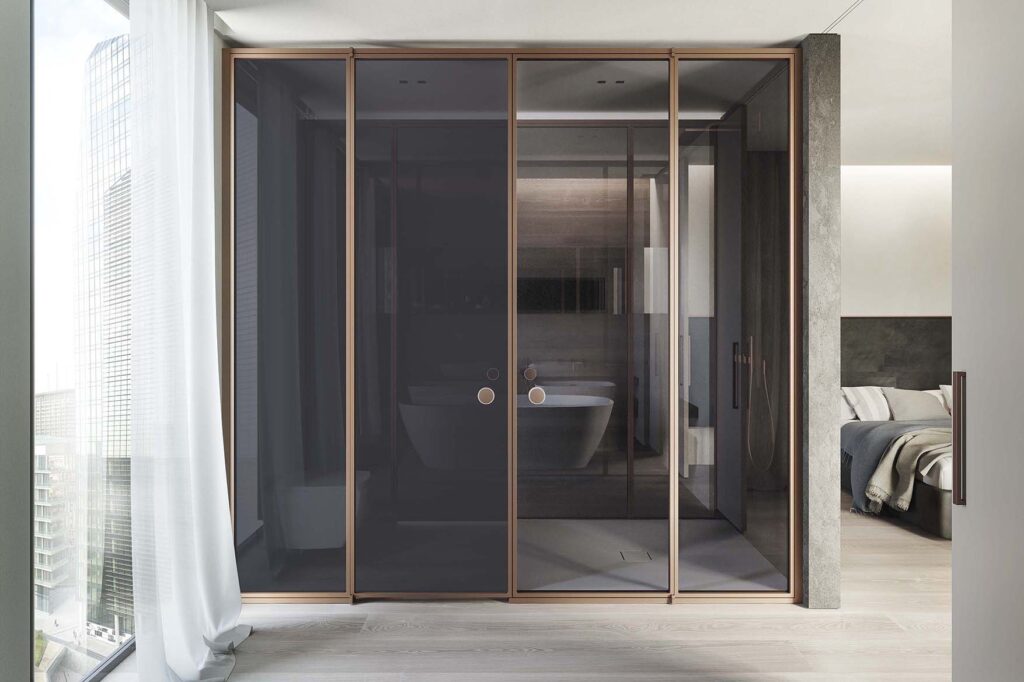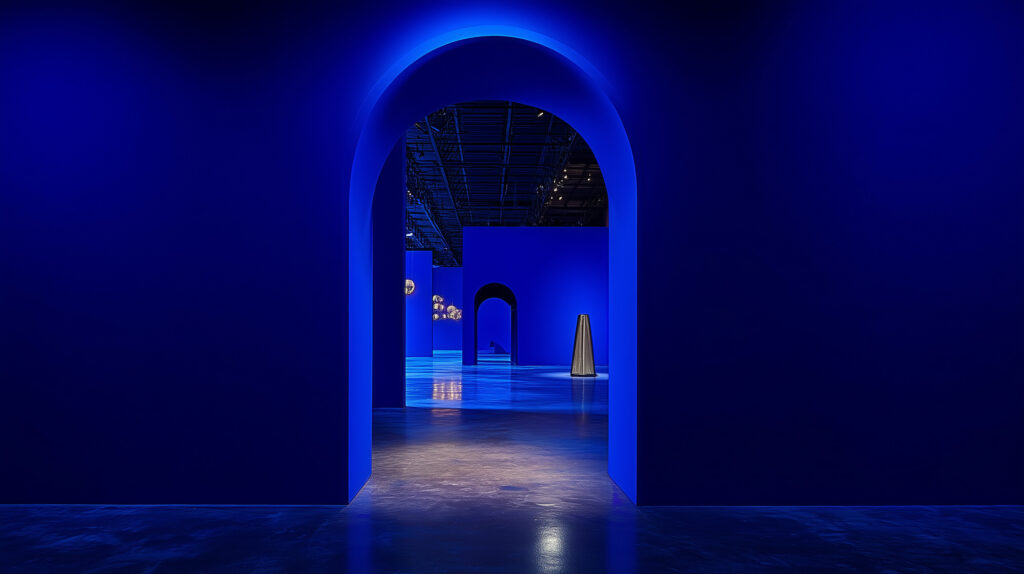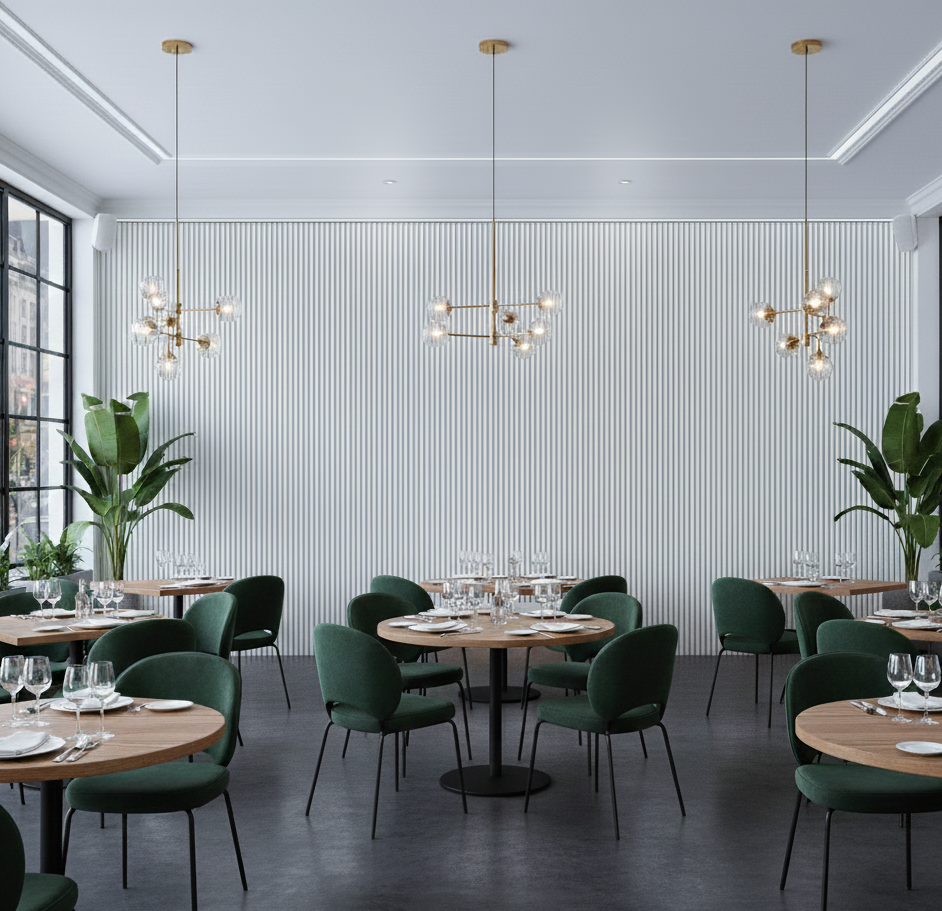In the heart of Tamil Nadu, a residence celebrates Indian culture through a project by MOS Studio
Nestled along the tranquil eastern coast of India, Pennyroyal Tea is more than a 750-square-meter residence — it is a garden sanctuary where architecture, art, and culture converge in a unique language. Designed by the creative studio MOS, the project brought together over 200 artisans from across India, weaving a rich dialogue between traditional craftsmanship and contemporary expression.
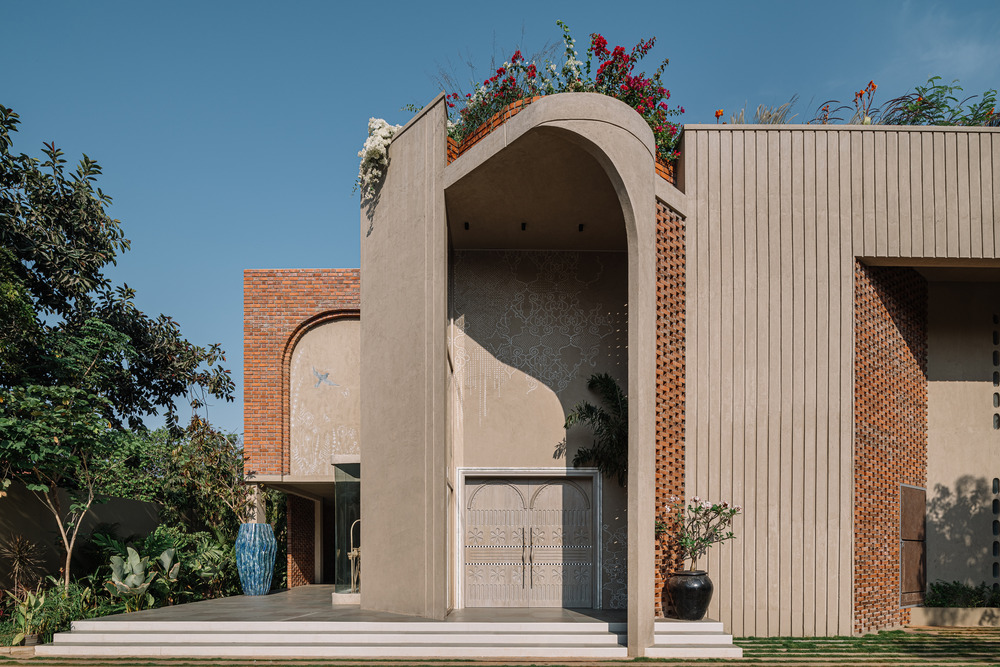
Sustainable craftsmanship and custom design
At the heart of the project lies a sustainable, craft-based approach. Around 80% of the furniture, lighting, and artworks inside the home are bespoke pieces, drastically reducing the use of mass-produced items. This choice supports a circular system built on reuse and recycling of materials.


The use of locally sourced solid wood and natural stone helped reduce environmental impact, improve indoor air quality, and lower both operational and embodied carbon footprints. All materials were selected for their durability, low VOC content, and traceable, responsible sourcing.
A narrative landscape between material and memory
Every detail inside Pennyroyal Tea in India tells a story. From the handcrafted mosaic floors to the brass installations and the artisan-carved furnishings. The house becomes a living canvas where visual storytelling, material culture, and sustainability intertwine.
.
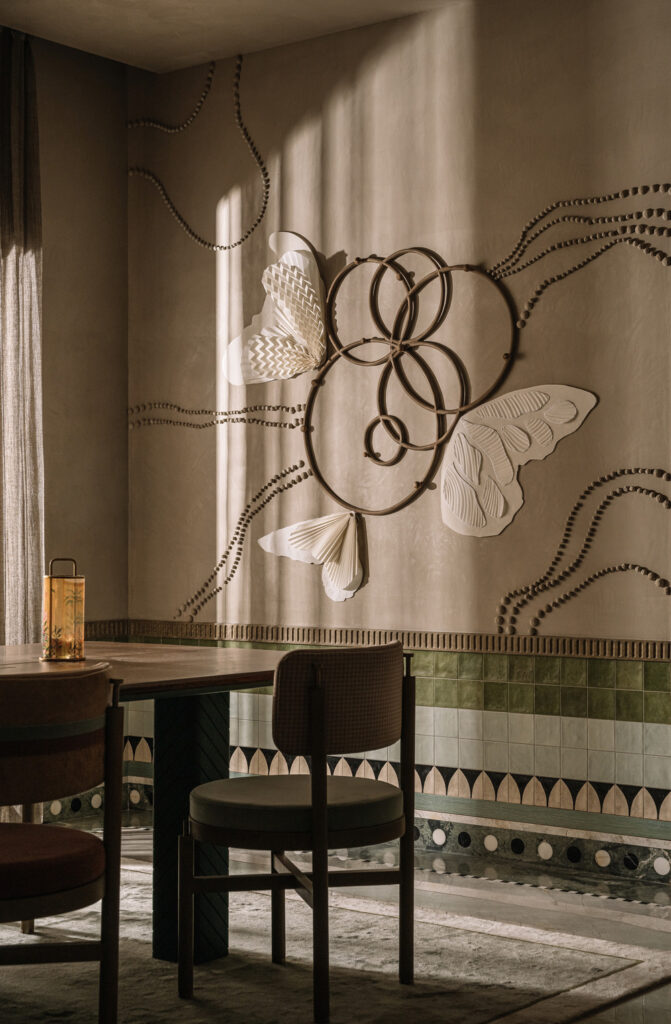
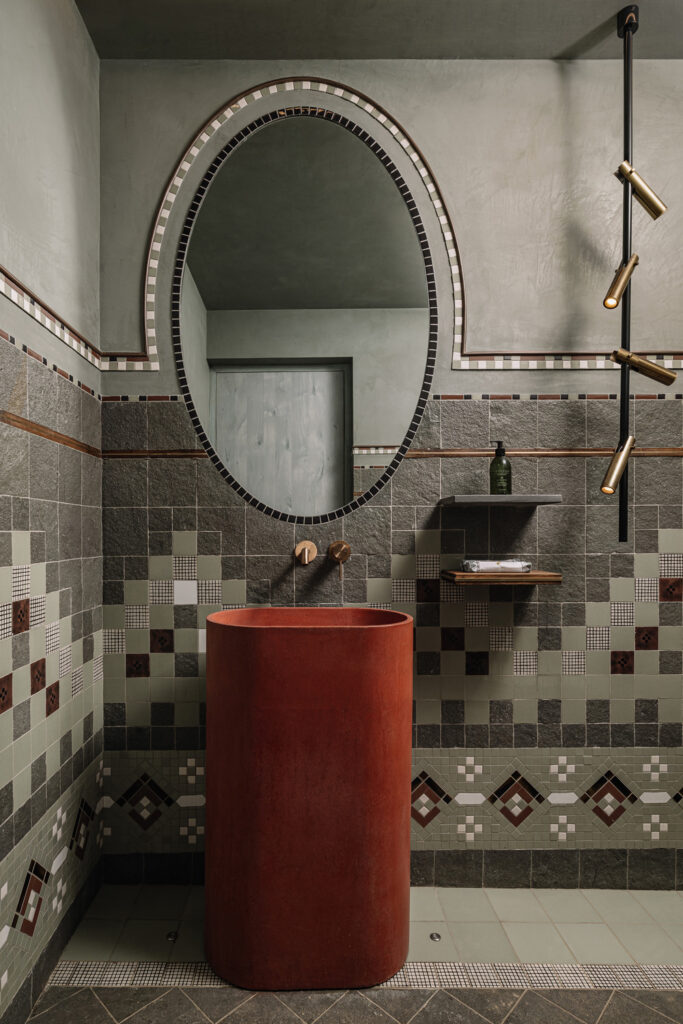
MOS’s design philosophy rejects stylistic uniformity in favor of experimentation. Each project becomes an opportunity to explore new materials, collaborate with diverse craftspeople, and redefine the language of space. Pennyroyal Tea stands as the most emblematic example: a collaborative work where culture shapes design and ethics merge with aesthetics.
Pennyroyal Tea: a tangible impact on communities
Beyond its aesthetic and environmental value, the project creates a tangible social impact. It protects and promotes the traditional skills of hundreds of artisans, providing them with stable economic opportunities. This virtuous model demonstrates how sustainable craftsmanship can drive change and empower local communities.
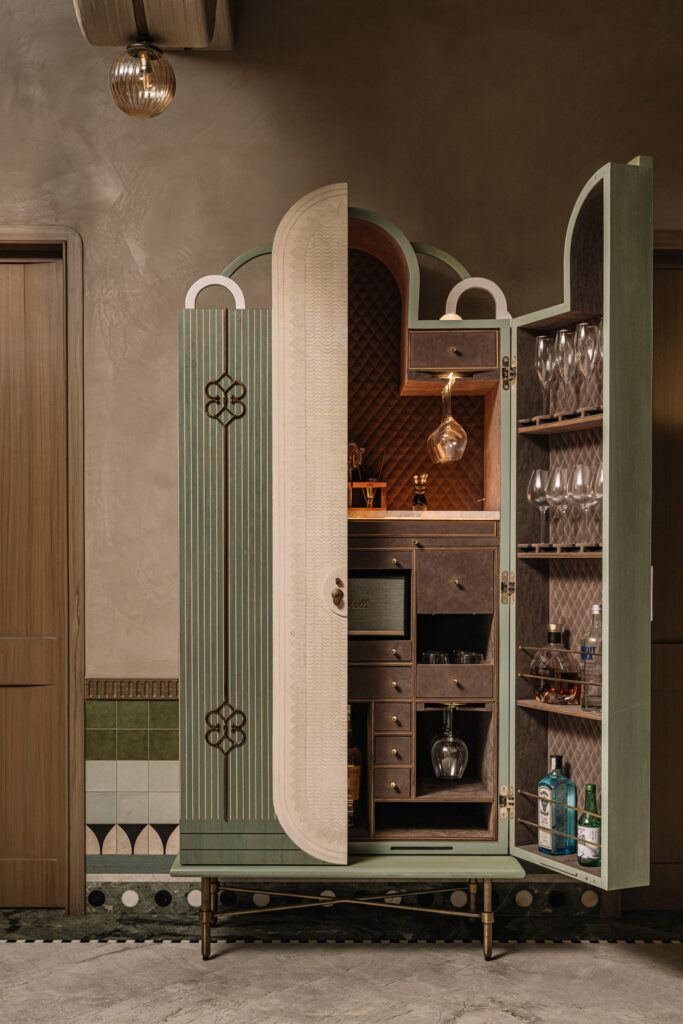


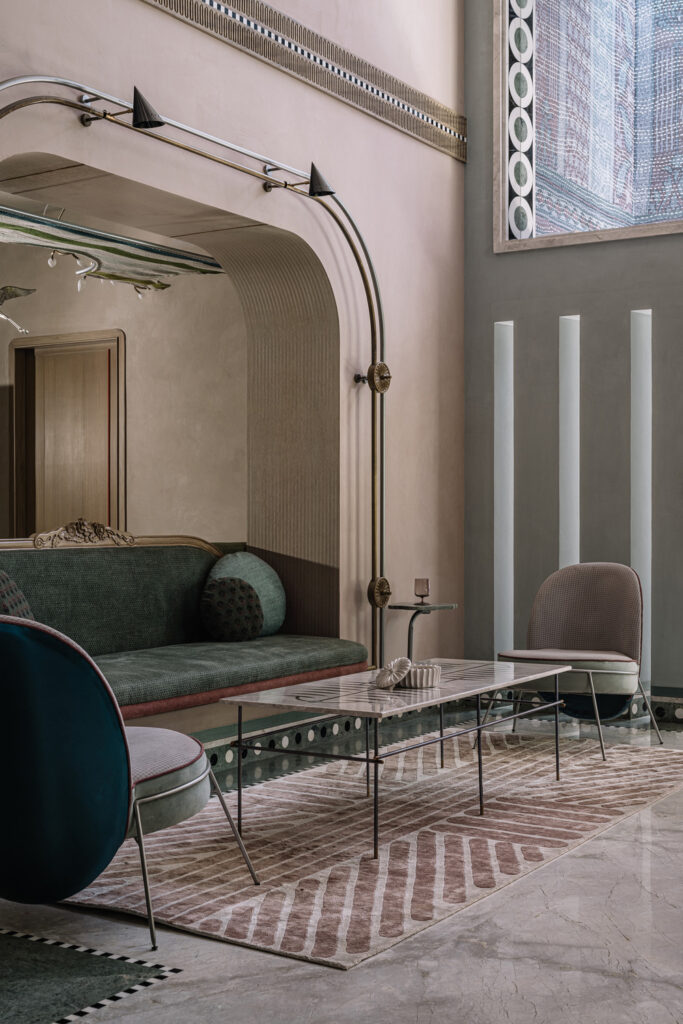
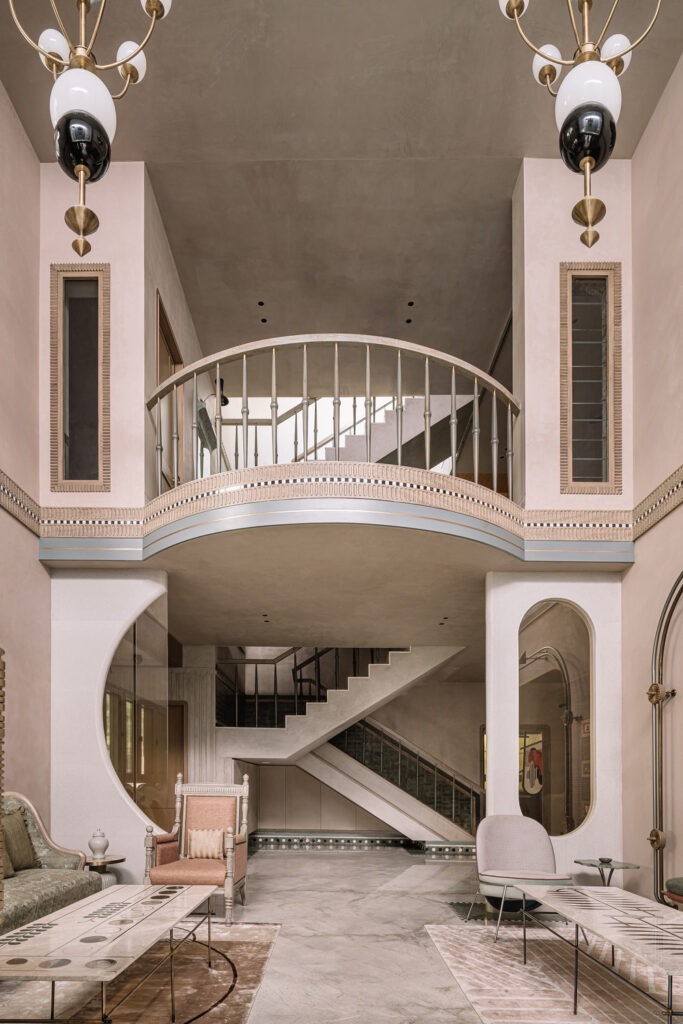
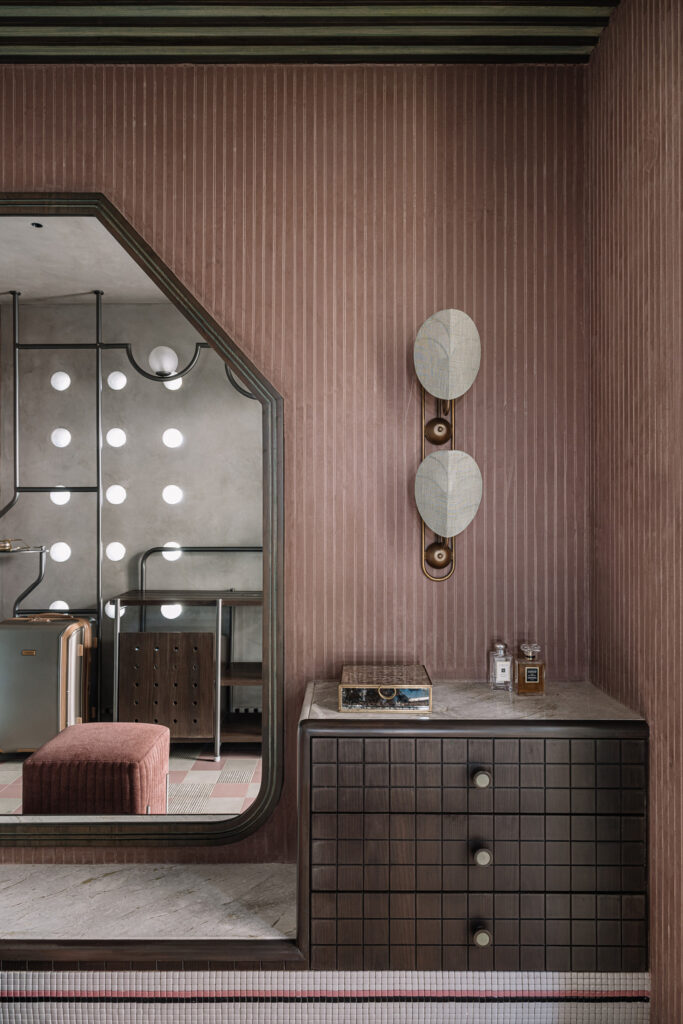

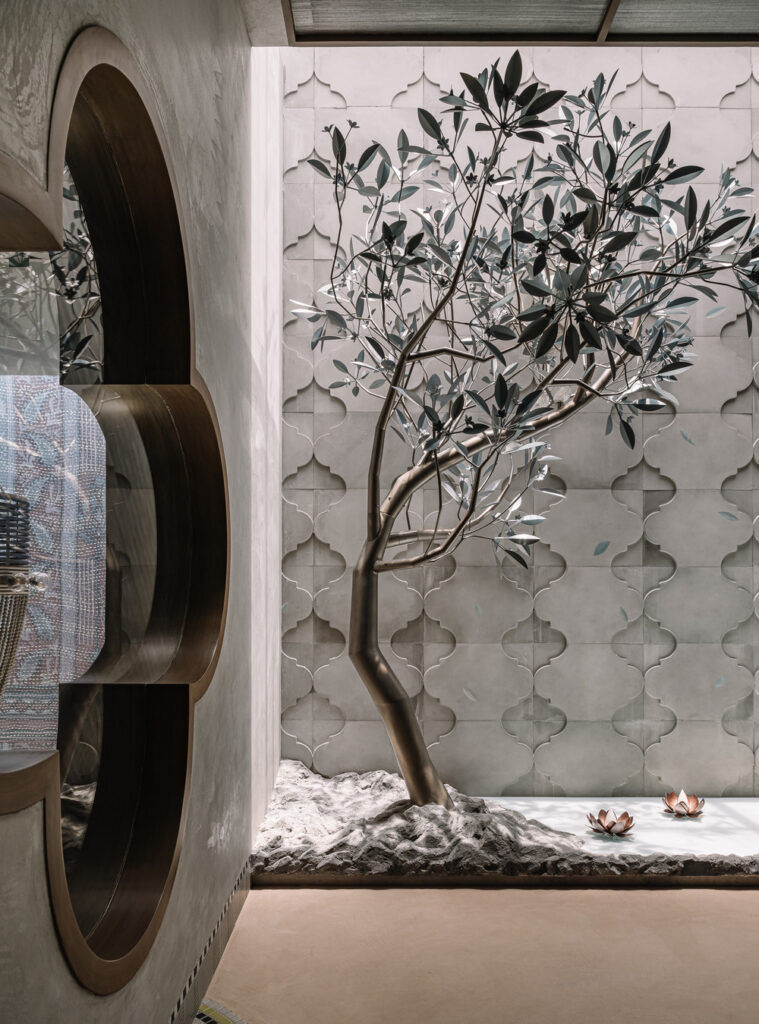
Photo Ishita Sitwala



